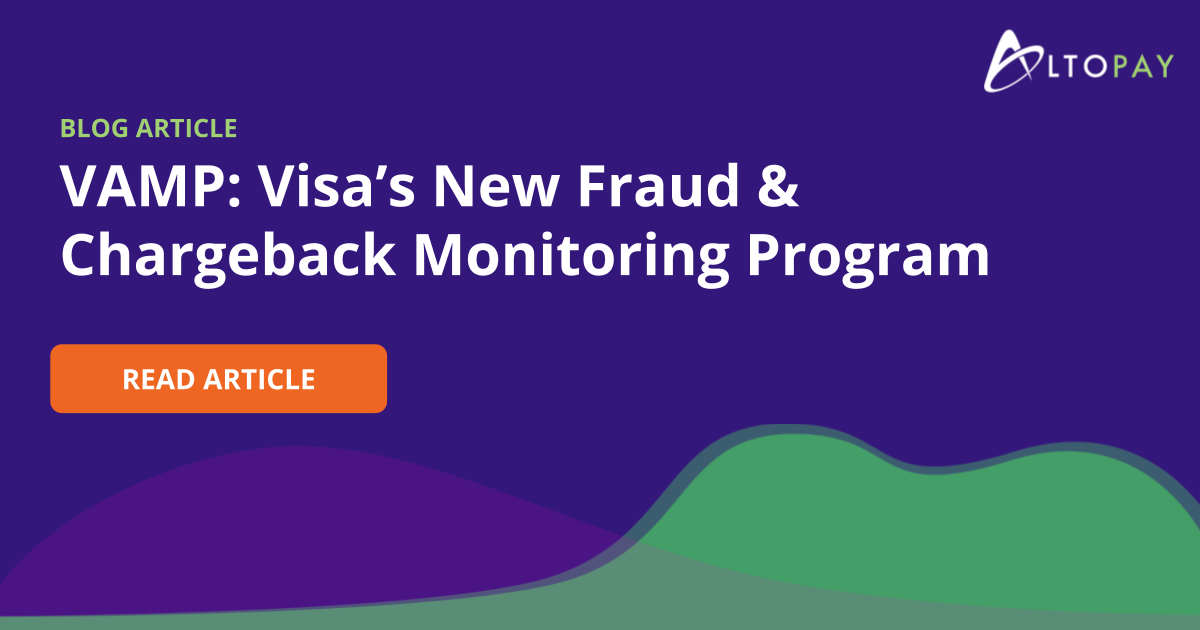The Language of Fraud: How Scammers Dupe Consumers
August 23, 2023
In recent years, fraud has grown exponentially. I personally can think of four personal emails that were clearly an attempt to get at my information – and my mother lets me know on the daily that she received a suspicious email and to please check the veracity of it – 9 out of 10 times it turns out to be an attempt to gather her information by clicking on sham links – this is called phishing, and “smishing” is the term for the same thing via SMS.
In the UK, 35% of shoppers have reported being a target of fraud in the past year, and since 2020, a whopping 100,000 consumers have fallen victim to fraud.
As much as it is important to keep technology up to date to intercept as many fraud attempts as possible in payments, educating the population is just as important.
In that light, Visa, in conjunction with the Aston Institute for Forensic Linguistics, have thoroughly combed through 155 phishing and smishing scams to learn which terms and phrases fraudsters use most often.

Key Findings
As a whole, 16% of consumers have trusted a fraudulent email or text, and as opposed to the general perception, 25% of those are people in the 18 to 35 year old demographic.
Emails are still fraudsters’ favorite method of contact, almost 4 in 5 scams occur through this medium, followed by text messages and phone calls.
Most of these emails contain an urgent call to action, followed by a link to “log in” to the institution they are camouflaging as. Therefore, some of the most commonly used phrases and terms are “click here to access your account information”, “click here”, “account information”, “urgent action is required”, “act now” and other terms of that nature. Other scams include an incentive to appeal to the greed of a consumer, and it usually contains words such as “gift card” or “winning price” among others.
38% of messages try to entice consumers with a solution to a made-up problem, urging consumers to click on a link and give up vital information.
Linguists from the Aston Institute say the most common approach is to establish credibility and trust, seen in two-thirds (65 percent) of the fraudulent messages analysed, and tell consumers that the situation is urgent (25 percent of all messages analysed.
- Payments Cards and Mobile
A way to combat uncertainty is to never log-in directly from a link in an email – always to directly to the institution’s web page and make sure the URL is legitimate. You can also call institutions when in doubt – just never use the info in emails, look it up yourself.
Another way to spot fraud is to keep an eye on grammar, “Fraudulese”, a study by Visa says that poor grammar and spelling are clear attempts to steal information. As well as suspicious URL addresses.

Keep an eye on emails that don’t address you directly or use vague terms to address you – Emails not tailored to you are most likely a scam.
Fraudsters are always innovating and learning how to gain credibility. According to the Fraudulese report, 3 in 4 consumers are susceptible to scams…So while institutions such as Visa are tirelessly working to reduce fraud as much as possible, it is important that consumers are alert and on the lookout for fraud.
Want to learn more? Check out Payments Cards and Mobile’s full write-up here.
Share your thoughts on our LinkedIn page.


